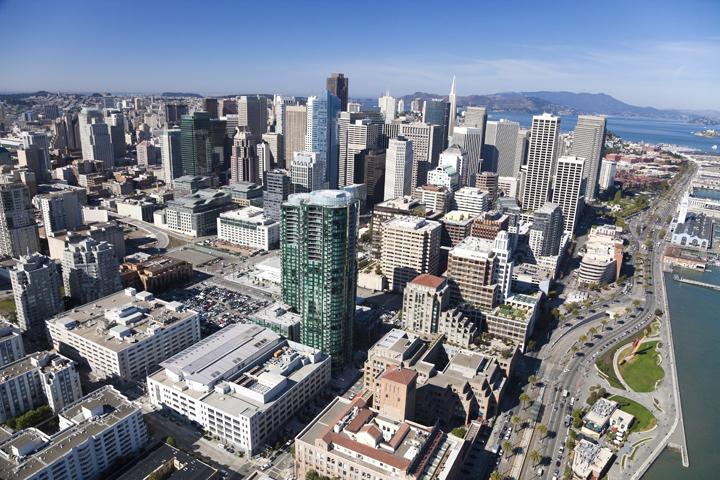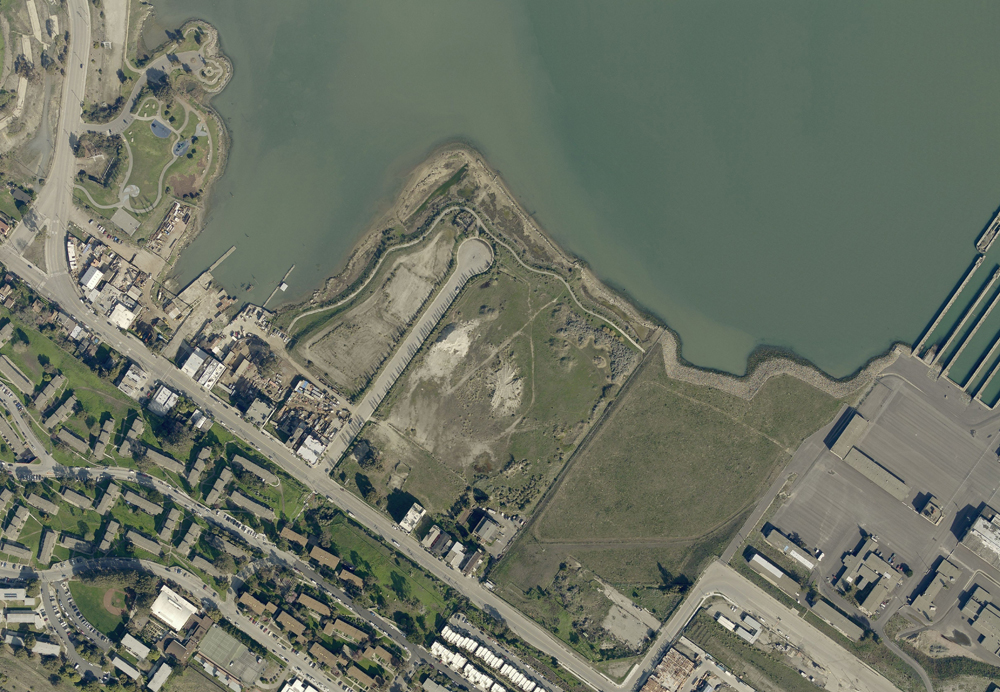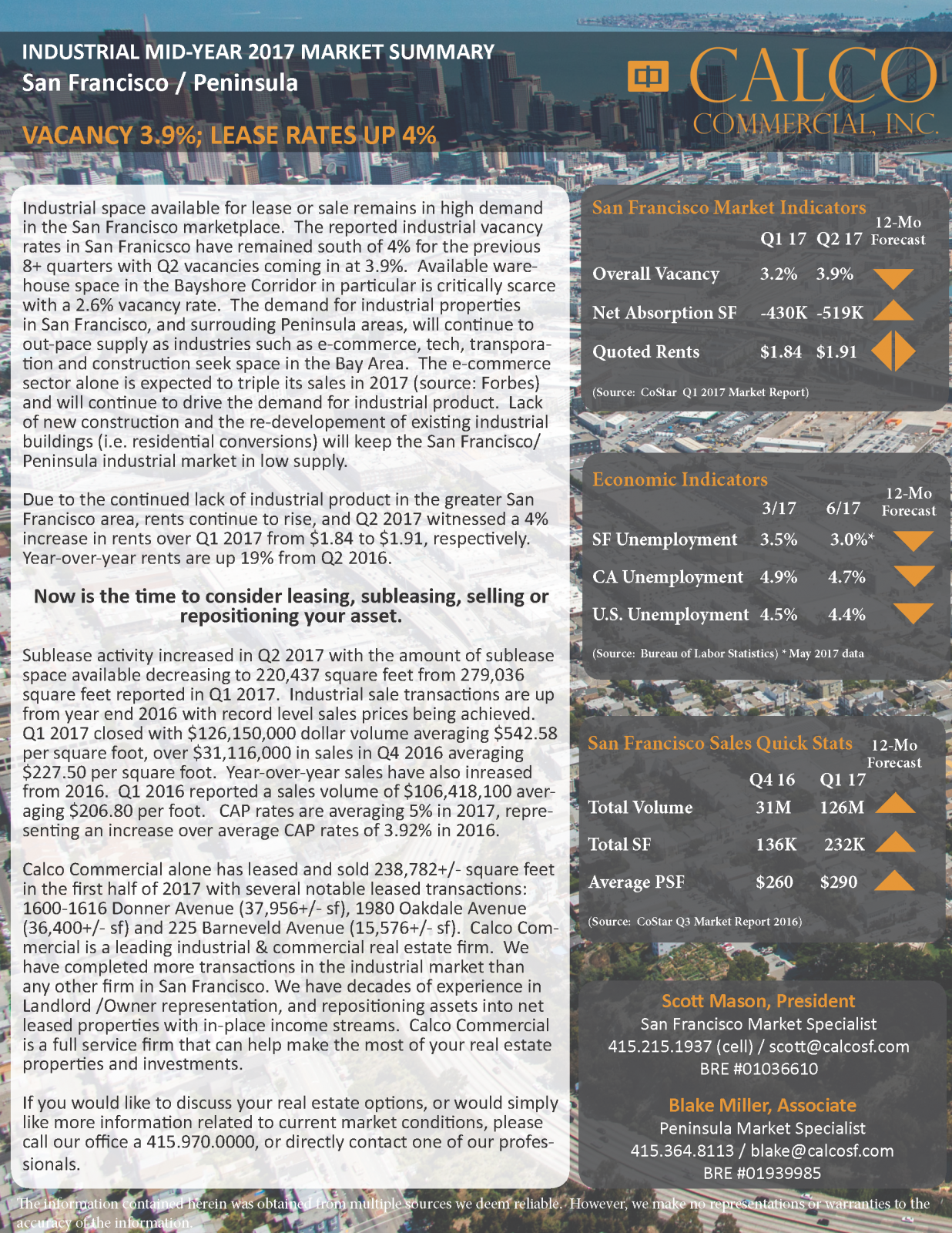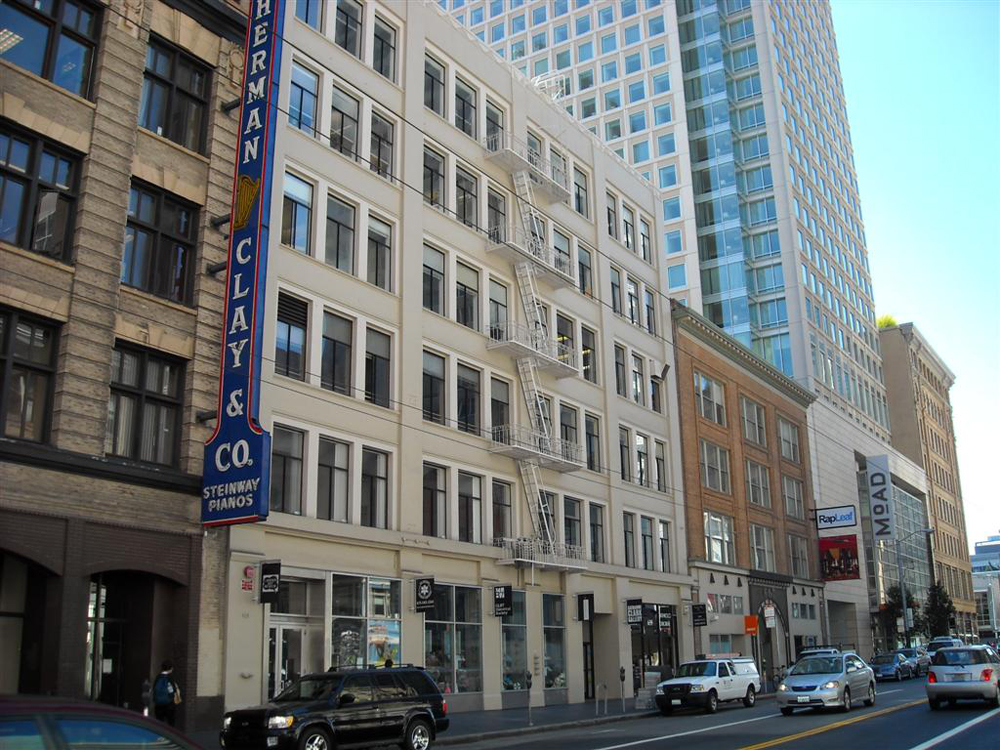Source: CoStar News
By: Bryce Meyers
Date Posted: November 8, 2017
With the highly anticipated decision on the selection of its second headquarters pending, Seattle-based online electronic commerce and cloud computing company Amazon (NYSE: AMZN) in the meantime is continuing to invest heavily in its fulfillment center infrastructure, this time disclosing plans to develop a new 855,000-square-foot fulfillment center roughly 15 miles southeast of Baltimore in Sparrows Point, MD.
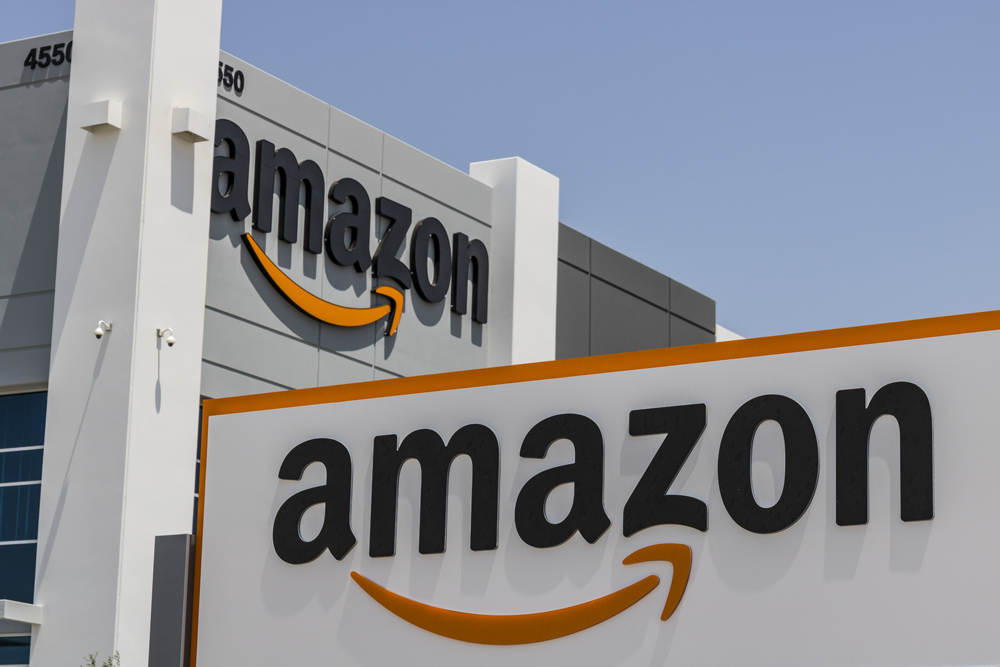
The fourth Amazon facility to be developed in the state of Maryland, the Sparrows Point complex will be developed at 1700 Sparrows Point Blvd. within the Tradepoint Atlantic park, a 3,100-acre intermodal redevelopment site formerly home to Bethlehem Steel and acquired by Tradepoint Atlantic, then known as Sparrows Point Terminal, in 2014. The new facility is expected to bring an additional 1,500 full-time positions to Baltimore following its completion.
“We are very pleased to welcome Amazon as our newest tenant,” said Eric Gilbert, chief development officer for Tradepoint Atlantic. “Amazons decision to locate its 855,000-square-foot state-of-the-art fulfillment center at Tradepoint Atlantic serves as further validation of the unique logistical advantages we offer and further establishes our location as a top destination for users seeking a best-in-class multi-modal logistics platform.”
From 2014 to 2016, Amazon has added $100 million to Maryland’s economy with the development of two fulfillment centers and one sortation center that has resulted in the creation of more than 4,000 full-time employees in the greater Baltimore area and 5,000 employees statewide.
This year alone, Amazon has pledged to develop new fulfillment centers in the Atlanta, Cincinnati, Cleveland, Denver, Detroit, Staten Island, Houston, New Haven, CT, Portland, Salt Lake City, Staten Island and Washington, D.C. markets, in addition to Baltimore.
Link to article: Amazon-Baltimore

